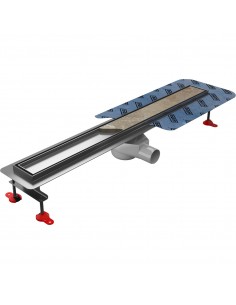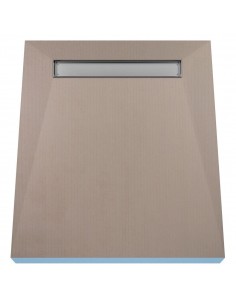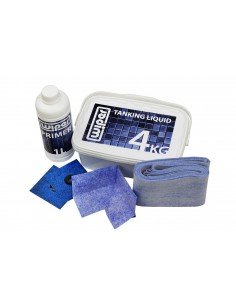- Matt R.
- Shower drains
- 1519 views

High-quality, clean water suitable for bathing and drinking is with us every single day. Few of us realize how much effort it takes to maintain this high quality for our comfort. Government organizations, regulations, laboratories and complex infrastructure make sure that our tap water is perfectly safe to use every day. But what really affects water quality? Why makes water drinkable?
In the past, the main water pollutants that posed a threat to humans were biological. Too many bacteria caused unpleasant diseases that could decimate entire villages or troops. Nowadays, methods of water treatment and purity control have reached such a high level that contamination with bacteria occurs sporadically and often results from the poor technical condition of the infrastructure on the part of recipients rather than from poor quality of the supplied water. Contamination with metals and other chemicals is a much bigger problem today. Especially in highly industrialized areas. The regulations themselves, which define the acceptable standards for the presence and amount of specific chemical compounds, change from time to time, aiming to improve the quality of water that is delivered to our homes.
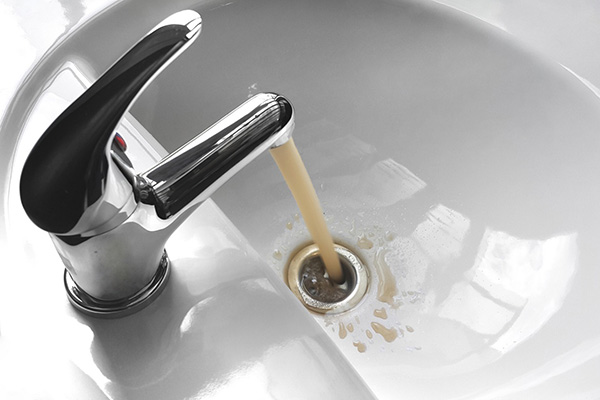
How the water is tested?
1. The look
When determining water quality, a number of factors are taken into account. One of the basic indicators is the organoleptic characteristics of the water such as smell, taste, color and turbidity. The presence of microorganisms and chemical compounds such as iron and other metals can be responsible for the color. The turbidity is usually caused by fine solid particles that are carried away from sediment accumulated in the pipes. Smell and taste are often the decisive characteristics in determining whether water is acceptable for consumption by the consumer. If any of these features are atypical, it may indicate both natural pollution and pollution caused by water treatment, e.g. excessive chlorine odor.
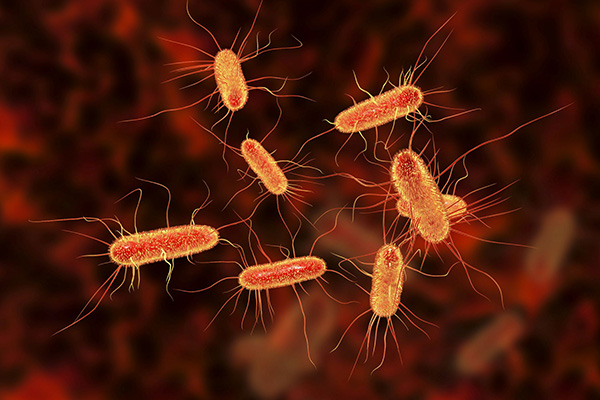
2. Bacteria
Another factor that is checked before supplying water is the presence and amount of microbiological contamination. The presence of certain bacteria in the water is an important indication of the effectiveness of the treatment process and the tightness of the distribution system. Fortunately, in most cases, water that is not perfectly free of bacteria is safe to drink after boiling.
3. Properties
Other important features on the basis of which water quality can be determined are a number of physicochemical parameters such as reaction, conductivity, hardness and the content of metals and other substances. They tell both about the natural properties of the water from a given source and about possible contamination with metals or the condition of the water supply network.
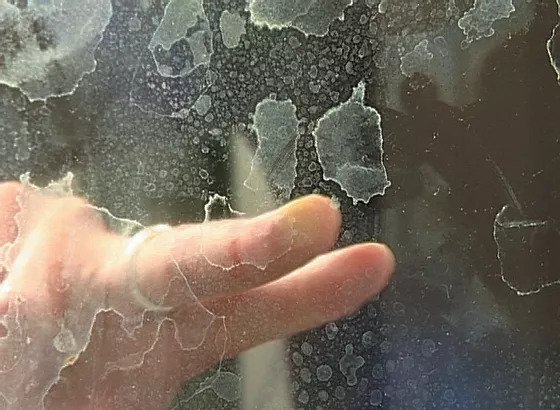
4. Hardness
By far probably the most common and hated parameter is water hardness. The amount of calcium and magnesium compounds dissolved in the water determines the hardness level. They cause the deposition of the limescale. With hard and very hard water, unsightly white deposits build up very quickly on glass shower screens, shower faucets, tiles and stainless steel drains. With regular cleaning and taking care of the shower area, they will not be a problem. However, if the scale is allowed to accumulate, then a lot of work will be required to remove it later. There are plenty of cleaners on the market that can deal with such deposits. But the natural remedies available in every home, vinegar and citric acid can also work wonders.
Limescale is a much bigger problem in kettles, washing machines, pipes and boilers. While the kettle is very easy to descale, it will not be so easy for other appliances and pipes. Additionally, a large accumulation of limescale can lead to a reduction in the heating efficiency of coil heaters. In turn, deposition in pipes leads to a reduction in their patency. Corrosion often occurs under the layer of scale, which destroys equipment and installations and leads to deterioration of water quality. Changes in the smell and taste of water are especially noticeable.
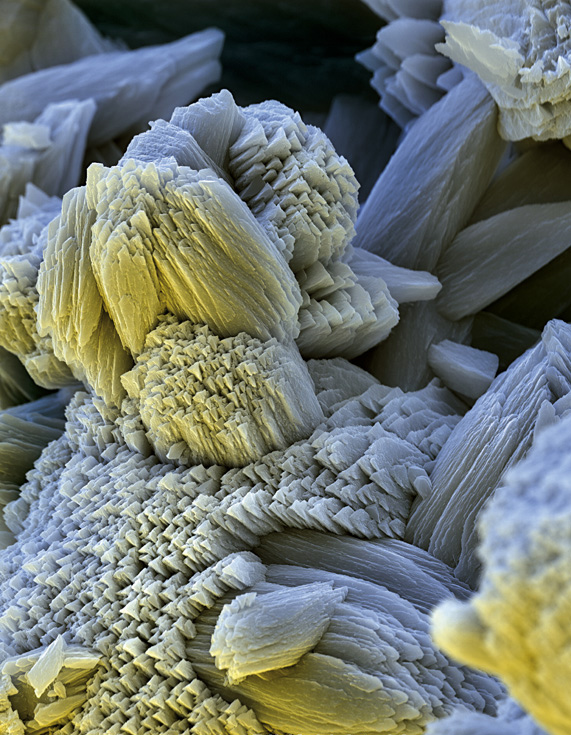
Don't overdo with purification
One of the ways to prevent limescale build-up is to use home water treatment plants with special filters. For devices such as a washing machine or a boiler, this will extend the life of the heating elements. However, as it turns out, hard water is not harmful for people, what's more, we really need substances dissolved in it. Therefore, it is not a good idea to purify drinking water that much. Minerals found in hard water are very well absorbed by the body, because they are in it in an ionized form, which is best absorbed by the body. The only negative impact of hard water on humans can be that the hair and skin become slightly dry in very hard water.



